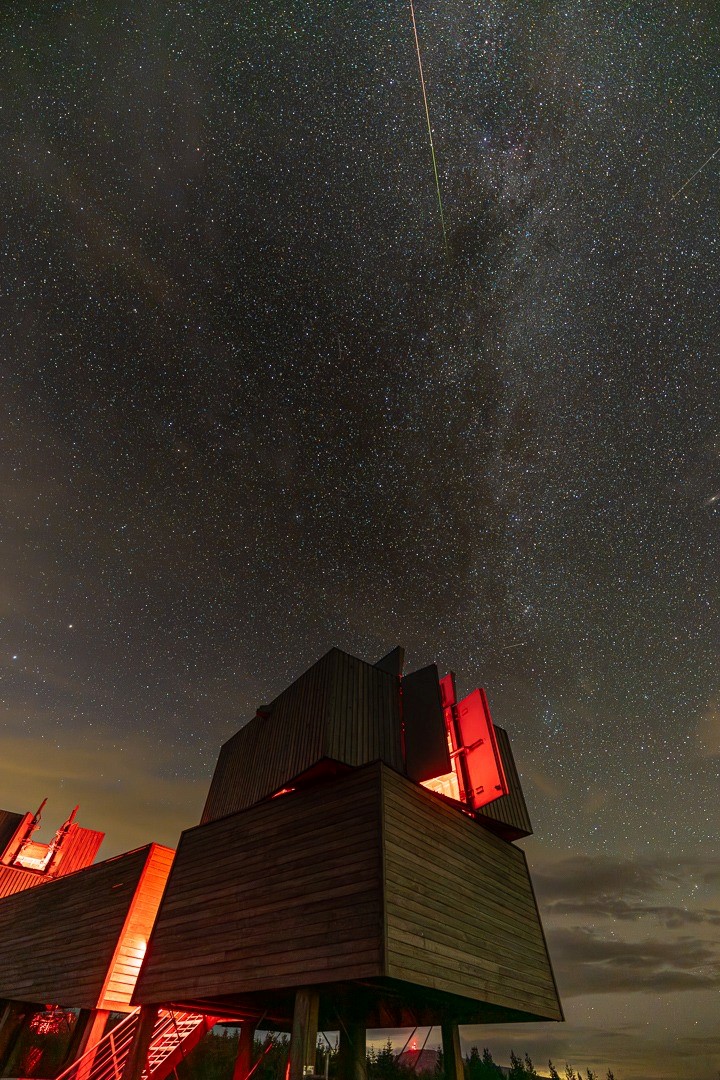Perseids promise a powerful meteor display
It's one of our favourite events of the year- and here's how you can enjoy it too!
STARGAZERS across the globe will be on the hunt for fireballs across dark skies as they prepare to capture the next astronomical phenomenon – the Perseids meteor shower.
The bright meteors are one of the most dramatic things to see for astronomy fans in the summer, with this year’s shower peaking between the night of August 12 and before dawn on the 13th.

Image: Persedis captures at Kielder Observatory, Michael Auton
The shower is caused by comets, which heat up then break apart as they get closer to the sun. The pieces can hit Earth’s atmosphere at speeds of between seven and 45 miles per second. Larger meteors can explode as fireballs and smaller ones vaporise, leaving behind a bright trail of light.
Dan Pye, director of astronomy at Kielder Observatory, set in beautiful Kielder Forest, in Northumberland, said: “It’s one of the most active meteor showers of the year, with up to 100 meteors per hour. The best place to see the Perseids is in a dark sky location, like Kielder Observatory, where they are highly visible to the naked eye.
“By 10pm on August 12, the moon will have set below the horizon and so any time after that until dawn will be a good time to look for it.
“They’re very fast moving and last only a couple of seconds. They can be short or a much longer streak and they’re thought to come from the constellation of Persius, hence the name, towards the North East part of the sky.”
















